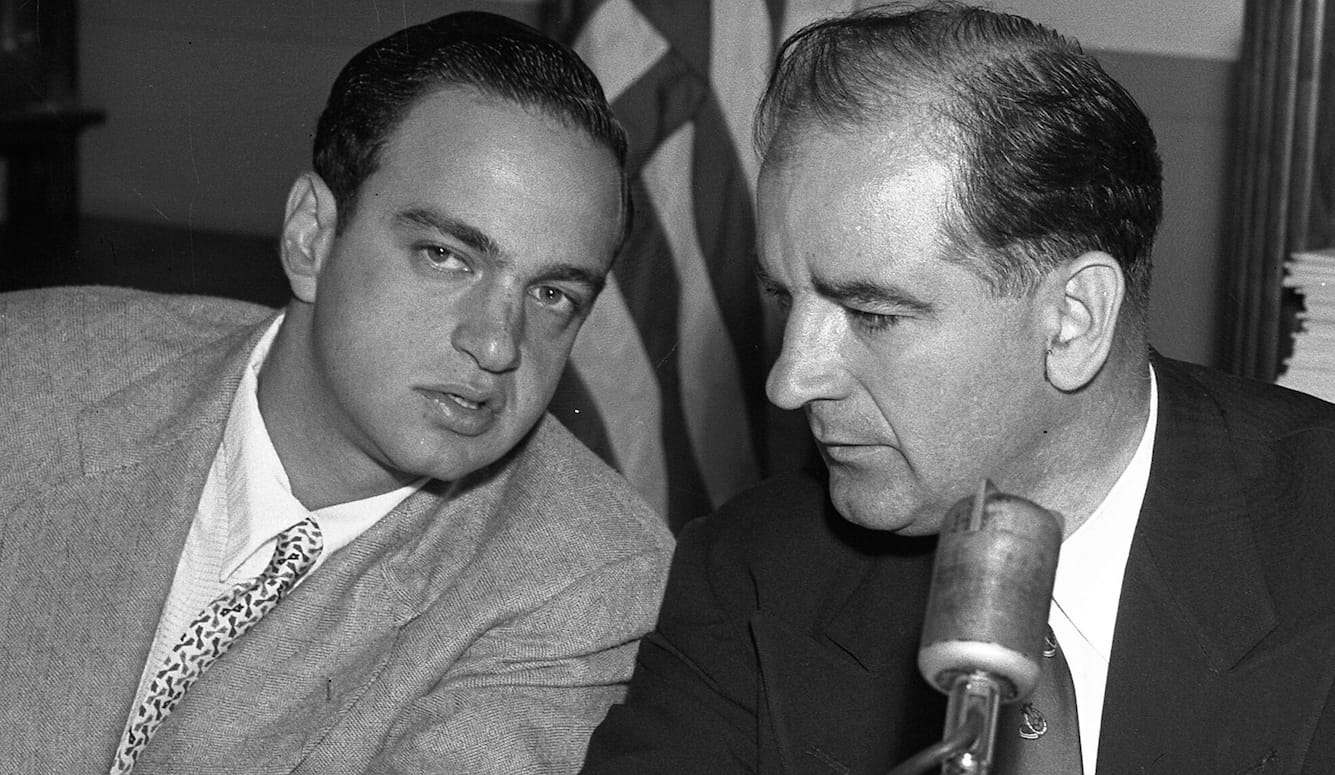Politics
Red Spies and Lies
Clay Risen’s new book about the American “Red Scare” emphasises the injustices of anti-communism but minimises the true extent and danger of communist infiltration.

A full audio version of this article can be found below the paywall.
A review of RED SCARE: Blacklists, McCarthyism, and the Making of Modern America by Clay Risen, 460 pages, Scribner NY (March 2025)
I. McCarthy, Hiss, and the Rosenbergs
The “Red Scare”—more commonly known as “McCarthyism” after Joseph McCarthy, the junior senator from Wisconsin—captivated the United States from the start of the Cold War in the late 1940s until the end of the 1950s. McCarthy’s claim that numberless communist spies were embedded within the State Department spread panic throughout the country and caused many Americans to fear the imminent destruction of their country’s democratic experiment.
Most of the books written about this strange period of American history portray Joe McCarthy as a cheap demagogue whose inflammatory claims were nothing but a confection of hysterical smears, usually directed at mainstream liberals whom he portrayed as secret communist conspirators. A much smaller number of books by conservative authors portray McCarthy as a misunderstood man, defamed by writers who were either sympathetic to communism or at least naïve about the threat it presented. The truth was more complex than either of these versions of events.
There were, of course, many anti-communist liberals among the ranks of the Democratic Party—people like the late historian Arthur M. Schlesinger, Jr., who despised McCarthy and McCarthyism but nonetheless acknowledged the danger posed by the Soviet Union and its American agents. And, naturally, American communists who were actually engaged in espionage for the Soviets were quick to claim that they were victims of defamatory McCarthyite attacks, and many succeeded in convincing liberal America that they were guilty of nothing more serious than dissenting from the Cold War consensus.
Clay Risen’s new book about the Red Scare arrives just as many journalists and historians—including Risen himself—are comparing McCarthy’s crusade to the demagogic second presidency of Donald Trump. In his introduction, Risen writes that he intended to resist “drawing parallels between the past and present,” but current events soon persuaded him to abandon that aim. In an article for Politico in February, Risen explicitly connects “the largest purge of ‘disloyal’ government workers in U.S. history” during the 1950s with the Trump administration’s “stated desire to check the excesses of diversity, equity and inclusion programs … to justify whirlwind firings and closures of entire federal offices.” The mistakes of the past, Risen argues, are being repeated by those unwilling to learn the lessons of history.





